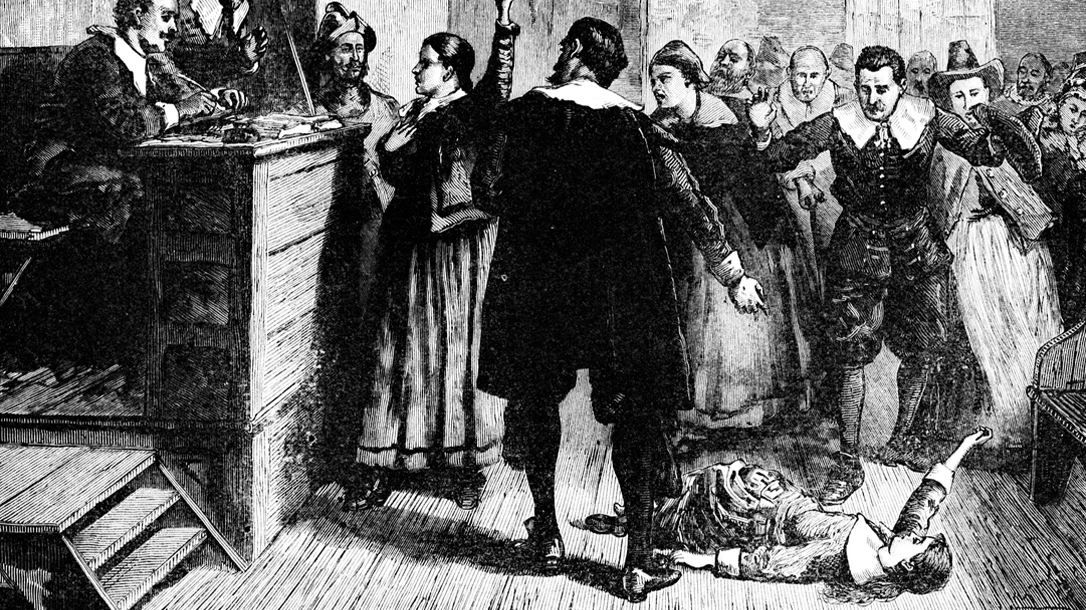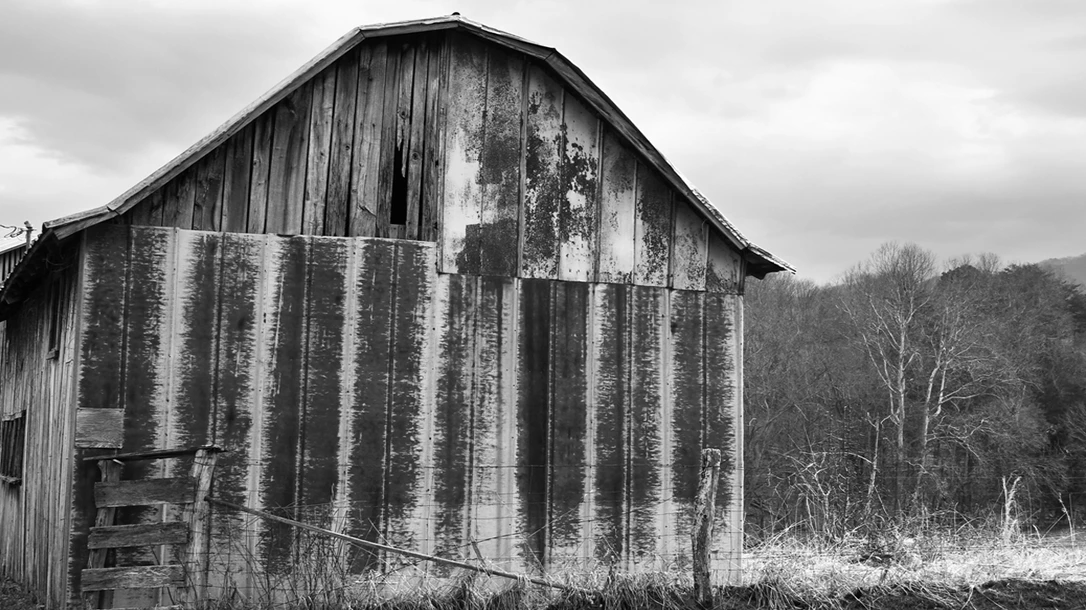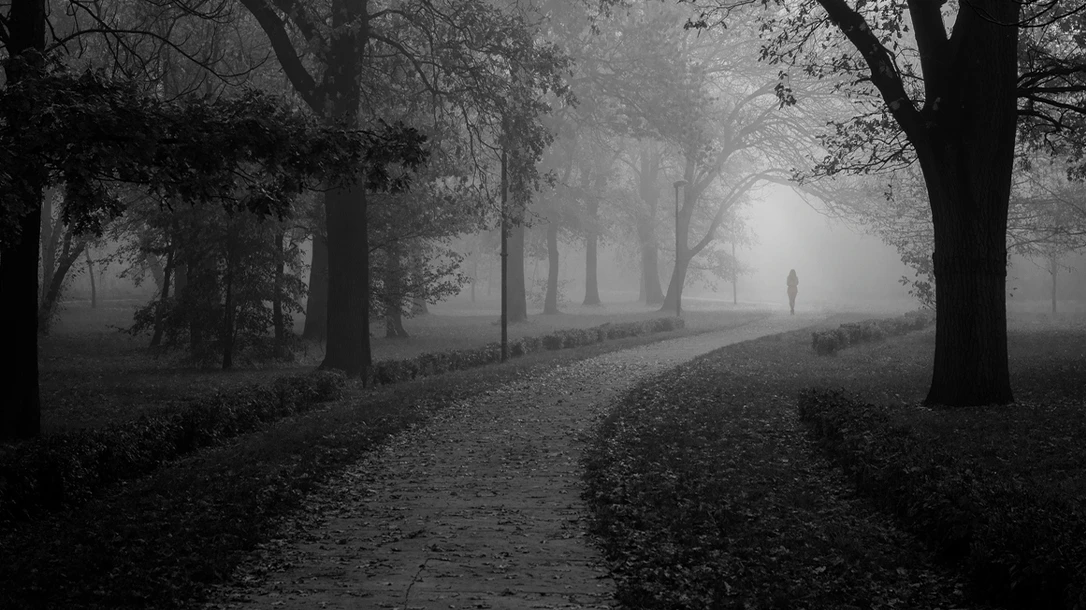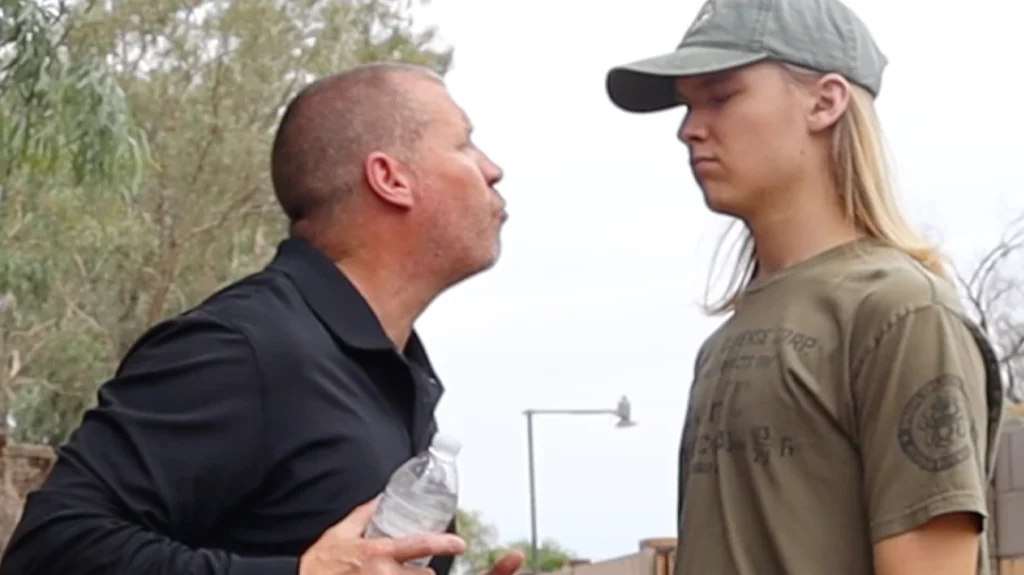In the early 19th century, deep in the rolling farmlands of Robertson County, Tennessee, one family found themselves at the center of what would become America’s most famous and enduring ghost story: the Bell Witch haunting. Unlike fleeting local legends, this tale endured through generations, drawing scholars, storytellers, and paranormal investigators. The Bell Witch legend seamlessly blends history, folklore, and mystery into a haunting narrative that has endured for over two centuries. This article explores the origins of the Bell Witch story, the strange manifestations reported by the Bell family, the cultural significance of the haunting, and its enduring place in American folklore.
The Setting: Early Tennessee
The Bell family, headed by John Bell, settled in the Red River area of Tennessee (later Adams, Robertson County) in 1804. They were prosperous farmers and respected members of the community. Life in frontier Tennessee was often harsh, but the Bells seemed well established until the events that began in 1817 changed their lives forever.
That year, John Bell encountered a strange creature in his cornfield: a dog-like animal with a rabbit’s head. When he fired at it, it vanished. Soon after, the Bells began to experience nightly disturbances in their farmhouse. At first, these were small noises, scratching, gnawing, knocking, but they escalated into violent episodes that could not be explained away.
Advertisement — Continue Reading Below

The Bell Witch Emerges
The unseen force quickly gained notoriety. The family heard chains dragging across the floor, stones hitting the walls, and bedding yanked off their sleeping children. The youngest Bell children, Betsy in particular, suffered physical attacks. She was slapped, pinched, and even left with hand-shaped welts on her body.
What startled the family most was the entity’s voice. It began with faint whispers, growing into a loud, distinct speech. Soon it was holding conversations, singing hymns, and quoting scripture. Neighbors came to witness the phenomenon, and the “witch” seemed to relish an audience, answering questions and mocking guests.
Advertisement — Continue Reading Below
The spirit introduced itself in various ways but was most commonly referred to as the “Bell Witch.” It claimed to be Kate Batts, a neighbor who had once accused John Bell of cheating her in a land deal. Whether or not this was true, the voice repeatedly swore vengeance upon John Bell and terrorized Betsy, whom it tried to prevent from marrying a local boy named Joshua Gardner.
Escalation and John Bell’s Death
The torment continued for years, with hundreds of witnesses reporting strange sounds, moving objects, and disembodied voices at the Bell farm. Even ministers and local leaders testified to seeing inexplicable activity.
The most chilling element of the haunting, however, was its fixation on John Bell. The entity often cursed him, calling him “Old Jack,” and promised to kill him. In December 1820, John Bell fell gravely ill.
Advertisement — Continue Reading Below
On the morning of December 20, he was found dead. Beside his bed lay a strange vial of black liquid. When given to a cat as a test, the animal died instantly. The Bell Witch claimed responsibility, announcing triumphantly, “I gave Ol’ Jack a big dose of that last night, which fixed him!” John Bell’s death is sometimes called the only recorded case of a death attributed to a haunting in U.S. history.

The Haunting Lingers
Even after John Bell’s death, the Bell Witch did not disappear. Betsy continued to be tormented, particularly regarding her engagement to Joshua Gardner, which she eventually broke off. In 1821, the witch declared it would leave but return in seven years. According to some accounts, it reappeared in 1828, visiting John Bell Jr. and engaging in long philosophical conversations about religion, the afterlife, and the nature of existence.
Advertisement — Continue Reading Below
The spirit supposedly promised to return again a century later, in 1935, but no major reports of activity were recorded at that time. Still, sporadic stories of ghostly phenomena around Adams, Tennessee, continue to circulate.
Eyewitnesses and Legacy
The Bell Witch legend gained credibility because many community members claimed to have experienced it firsthand. Andrew Jackson, later President of the United States, is said to have visited the Bell farm in 1819. According to lore, Jackson and his men heard terrifying noises during the night, and one man was attacked by an invisible force, leading Jackson to remark, “I would rather fight the entire British Army than the Bell Witch.”
While historians debate whether Jackson truly visited the Bell family, the anecdote illustrates how quickly the story spread. By the late 19th century, the haunting had become part of American folklore, solidified by Martin Van Buren Ingram’s 1894 book, “An Authenticated History of the Bell Witch.” Although his account mixed fact and legend, it ensured the tale’s survival into modern times.
Advertisement — Continue Reading Below
The Bell Witch Cave
Today, visitors to Adams, Tennessee, can explore the Bell Witch Cave, a limestone cavern near the old Bell farmstead. Although there is no definitive evidence that the witch was connected to the cave, local tradition associates the spirit with the site. Strange occurrences, unexplained lights, disembodied voices, and sudden temperature drops are still reported by tourists and paranormal enthusiasts who explore its dark passages. The cave has become the centerpiece of Bell Witch tourism, drawing curious travelers, ghost hunters, and skeptics alike.

Interpretations: Folklore or Paranormal?
Scholars and skeptics have proposed numerous explanations for the Bell Witch phenomenon. Some view it as folklore that grew from neighborly feuds, local superstition, and oral storytelling traditions. Others suggest psychological factors, such as hysteria, sleep paralysis, or even deliberate hoaxes, could explain parts of the legend. Yet, the sheer volume of testimony and the story’s survival over two centuries make it more than a simple ghost tale. The Bell Witch represents a blending of frontier myth, religious anxiety, and community identity in early America.
Advertisement — Continue Reading Below
Cultural Impact
The Bell Witch legend has inspired countless adaptations in books, documentaries, and films. The most famous modern reference is the 1999 film The Blair Witch Project, which drew loosely from the Bell Witch folklore. Other depictions include the 2005 film An American Haunting and numerous novels, plays, and podcasts. In Tennessee, the legend remains a source of local pride and eerie fascination. Festivals, ghost tours, and historical exhibits keep the story alive. Teachers, folklorists, and paranormal researchers alike cite it as a uniquely American haunting, rooted in real people, real places, and enduring cultural memory.
Conclusion
The Bell Witch haunting is more than a ghost story; it is a mirror of early American life, fears, and storytelling traditions. Whether one interprets it as genuine paranormal activity, a case of mass hysteria, or folklore spun into legend, the Bell Witch remains a captivating figure. Over 200 years after John Bell’s mysterious death, visitors still flock to Adams, Tennessee, hoping to glimpse the witch’s presence.
The tale endures because it embodies the power of story: blending history and mystery into a legend that refuses to fade. In America’s long tradition of supernatural tales, the Bell Witch stands as both a haunting mystery and a reminder that some stories are too powerful ever to die.
Advertisement — Continue Reading Below

















